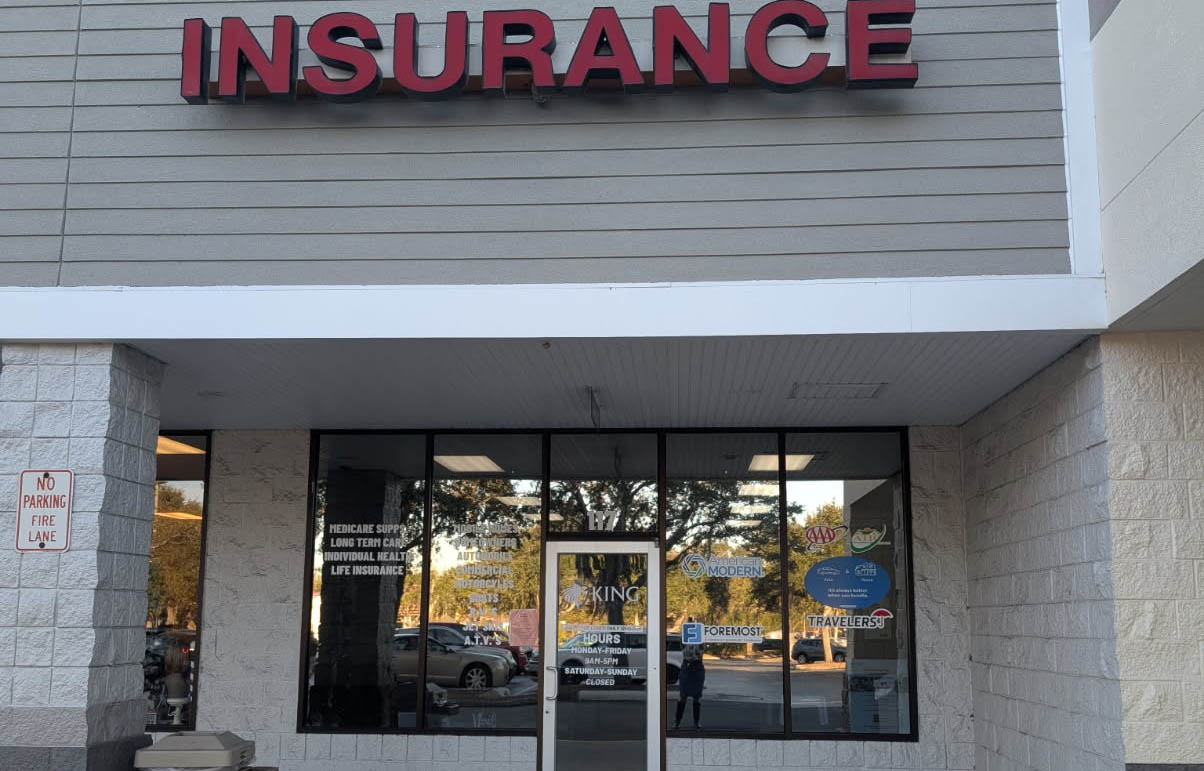Disposing multifamily investment property for a “passive” real estate investment - by Russell Gullo
So you have owed multifamily investment properties for years and have been involved as an “active investor” handling all the day-to-day management. You are at a point in your life, where you are no longer interested in being an “active investor.” But, you like the financial benefits that real estate can offer as an investment. And would be interested in disposing of your multifamily investment property for a “passive” real estate investment.
You have learned that you would have a very sizable tax liability if you were to sell your multifamily investment property, which may be as much as one third of your selling price. Those taxes would include capital gains tax, re-capture of depreciation, potential Medicare surtax, as well as New York State.
There must be a better way! There is. The “best kept secret in real estate” known as a 1031 exchange. This concept has been around since the early 1900s when the first exchange laws were enacted. It is the opportunity to pay no tax when disposing of income-producing property, or investment-held property.
The way it works is as follows: You must be disposing of what’s called a “relinquished property” and before legal title is conveyed to the buyer, you must bring into your deal a professional “qualified intermediary” who’s purpose and requirement is to structure these kinds of transactions. Once the qualified intermediary provides all the necessary 1031 exchange documents and the rights of the relinquished property have been assigned to the qualified intermediary you are ready to close. Upon closing, title goes direct to the buyer and the net proceeds go to the qualified intermediary and which are then used to acquire a “replacement property” which has to be identified within 45 days from closing of the relinquished property and closed within 180 days of the first closing.
As a rule, as long as you acquire a replacement property whose value is equal or greater then the property you disposed of and you use all your net proceeds to go back into the replacement property and also go back into at least a mortgage equal to the one you gave up in your relinquished property, there will be no tax. You also have the ability to do a partial 1031 exchange if you fall short of the value of the replacement property or would like to walk away with some cash.
Now that you have a solution to the problem of not having to pay in many cases as much as a third of your selling price to Uncle Sam in the form of taxation. What about the concept of acquiring a “passive” real estate investment to both fulfill the 1031 exchange requirement as well as your game plan of coming out of an “active” investment (multifamily) and going into a “passive” co-ownership investment?
So what is a passive co-ownership investment? Today, one of the most common “passive” forms of co-ownership investments is a “DST.” Which stands for a Delaware Statutory Trust. One example would be a “multifamily” DST. In which for the most part a group of investors who are what’s known as “accredited investors” meaning that they must meet certain financial requirements invest in a much larger multifamily investment that they would never be able to acquire by themselves. There is a sponsor who finds the subject property handles the acquisition the operation (day-to-day property management) and disposition stages of the investment making it a passive investment. This form of a co-ownership investment can be an ideal replacement property for someone looking to complete a 1031 exchange or for private investors as well.
Russell Gullo, CCIM, CEA, is a certified exchange advisor, the CEO of R. J. Gullo Companies and the founder of the American Institute of Real Estate Exchangors, Inc., Buffalo, N.Y.
Delisle and Monahan of Island Associates lease 45,000 s/f to Giunta’s Meat Farms at Strathmore Commons


AI comes to public relations, but be cautious, experts say - by Harry Zlokower

Behind the post: Why reels, stories, and shorts work for CRE (and how to use them) - by Kimberly Zar Bloorian

Lasting effects of eminent domain on commercial development - by Sebastian Jablonski









.jpg)
.gif)
.gif)